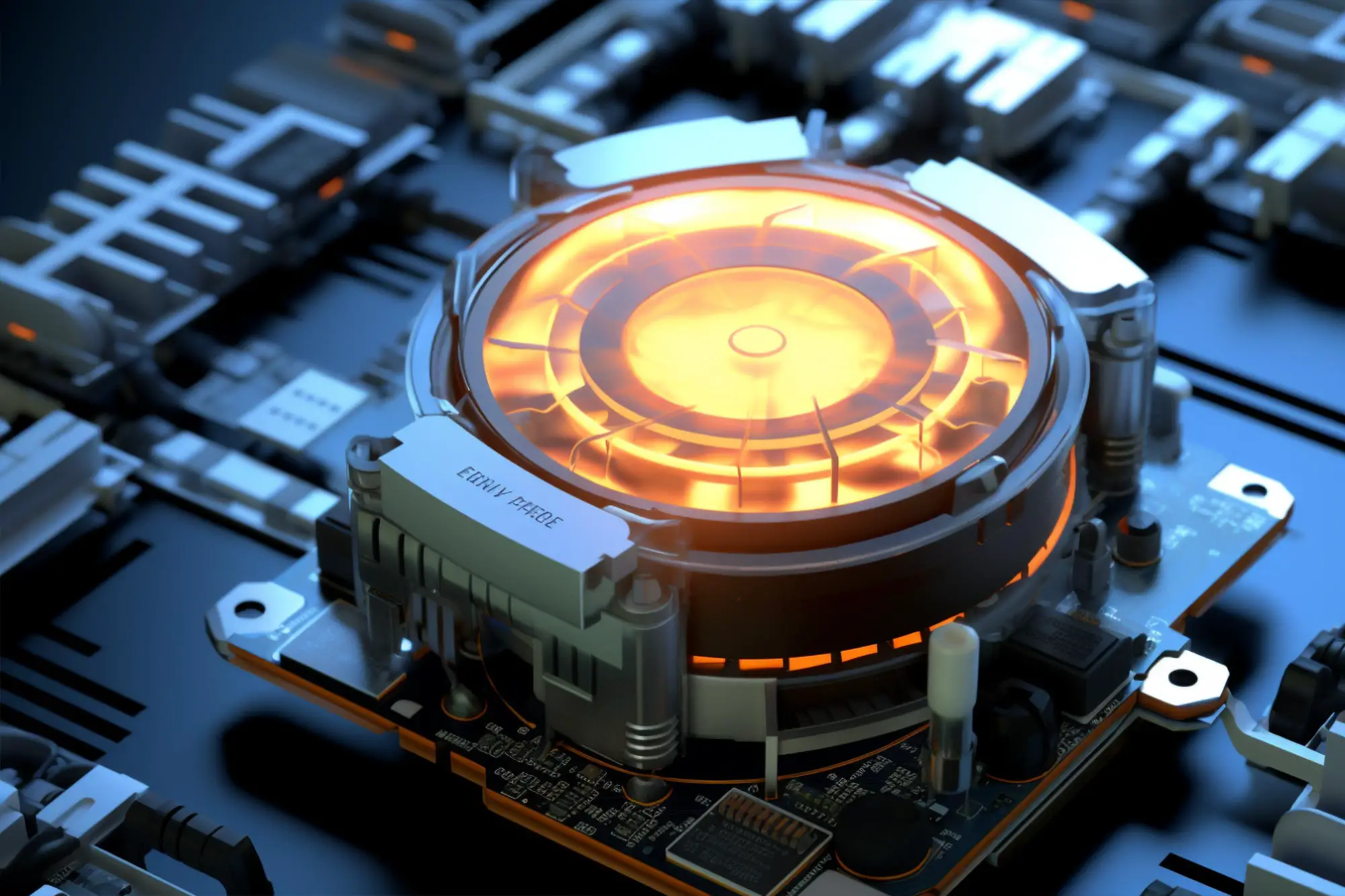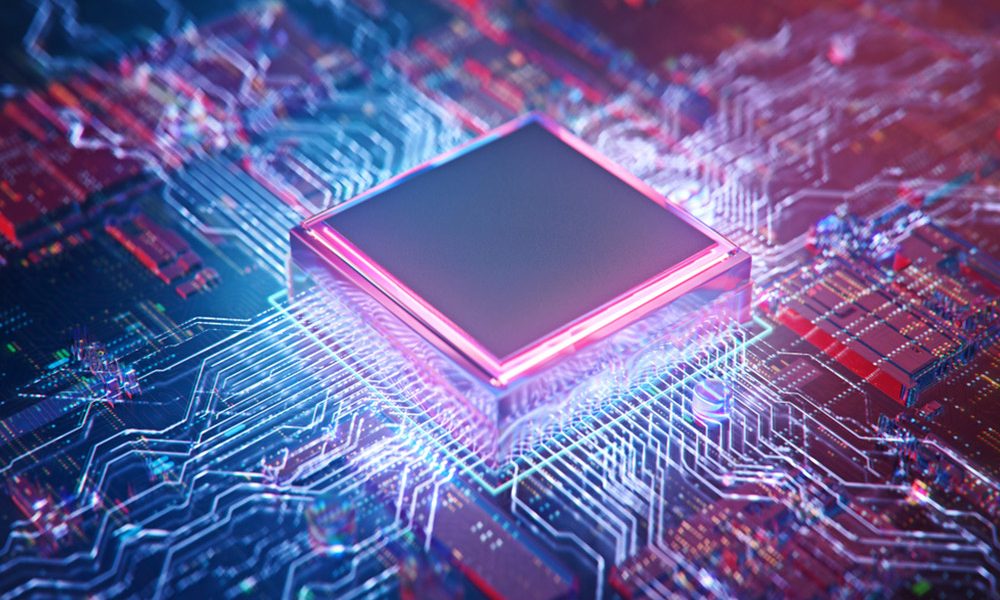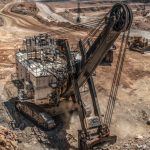An Ingenious High-Power Thermoelectric Device Set to Disrupt the Electronics Cooling Industry
Researchers have created a thermoelectric cooler that could solve the problem of heat management in cutting-edge electronics by providing a considerable improvement over current market units. The device’s cooling power density increased by 210% while its performance coefficient remained same.
Future high-power electronics will benefit greatly from the thermoelectric cooler developed by Penn State scientists. In order to increase cooling power density and carrier mobility, the device makes use of half-Heusler alloys and a novel annealing technique.
Revolutionary Thermoelectric Cooler for Next-Generation Electronics
Future electronics are expected to have smaller but more powerful components, necessitating novel cooling methods. Penn State researchers have developed a new thermoelectric cooler that significantly outperforms the most advanced commercial models. The researchers think this advancement will be useful in cooling future high-power gadgets.
Professor Bed Poudel of Penn State’s Department of Materials Science and Engineering is optimistic about the device’s potential. A high density of cooling power is possible with our novel material, which can be used in thermoelectric devices,” he stated. We showed that this novel device can compete with the best thermoelectric cooling modules on the market today, and even surpass them, using a variety of technoeconomic metrics. This advancement will help with the next generation of electronics.

Thermoelectric Coolers: Mechanism and Challenge
When electricity is applied to a thermoelectric cooler, heat is transferred from one side to the other. A module with distinct cold and hot sides is the product of this procedure. Electronic components like laser diodes and microprocessors generate heat. This excess heat can be pushed out by positioning the cool side on these devices. Thermoelectric coolers, however, will have to dissipate more heat as these components continue to improve in performance.
When compared to the leading commercial device, built from bismuth telluride, the newly designed thermoelectric device showed a 210% increase in cooling power density. It may also keep the same coefficient of performance (COP), or ratio of useful cooling to energy consumed, as that of the original system, as described in Nature Communications.
Addressing Thermoelectric Cooling Challenges
The possibilities of the new device were explained by Shashank Priya, the vice president for research at the University of Minnesota and co-author of the publication. Two of the three major problems with developing thermoelectric cooling devices are therefore eliminated, as he put it. In the first place, it has a high COP and cooling power density. This means that a relatively modest amount of power can be used to generate a sizable amount of thermal energy. Second, this can be the best option for dissipating concentrated heat, such as that generated by a powerful laser or other uses.
Innovative Half-Heusler Material in the New Device
This cutting-edge gadget is made from a half-Heusler alloy combination, a promising family of materials for use in energy-related fields such as thermoelectrics. Extreme durability, thermal stability, and energy efficiency are all features of these materials.
By carefully controlling the heating and cooling cycles of the material, the researchers were able to modify the microstructure and eliminate the flaws. Half-Heusler thermoelectric materials had not been made using this technique before.
The Annealing Process and Its Effects
The grain size of the material was significantly enlarged during the annealing process, which reduced the number of grain boundaries (areas in a material where crystallite structures meet and electrical or thermal conductivity is reduced).
This change was explained by Wenjie Li, an assistant research professor in Penn State’s Department of Materials Science and Engineering: “In general, half-Heusler material has a very small grain size — nano-sized grain. By using this annealing technique, we are able to regulate grain growth over a range of three orders of magnitude, from the nanometer to the micrometer.
Carrier mobility, or the ease with which electrons can travel through a material, is directly related to the power factor, and is greatly improved by minimizing grain boundaries and other imperfections. The maximum cooling power density is determined by this power factor, making it very important in electronics-cooling applications.
High Thermal Management Applications and Future Implications
Li elaborated on the significance of this development, saying, “For example, in laser diode cooling, a significant amount of heat is generated in a very small area, and it must be maintained at a specific temperature for the optimal performance of the device.” Our technology has a lot of potential uses in that setting. Potential exists here for localized, high-temperature control.
The materials also have the highest average figure of merit, or efficiency, of any half-Heusler material between 300 and 873 degrees Kelvin (80 and 1,111 degrees Fahrenheit), in addition to the high power factor. This suggests a useful approach to improving half-Heusler materials for thermoelectric use at low temperatures.
As microelectronics develop smaller and function at higher power, Poudel says, “one problem might be how the microelectronics can handle high-power density.” This is in reference to the CHIPS and Science Act, which has received significant funding from the federal government. Possible Solutions: “This technology may be able to address some of these challenges.”








